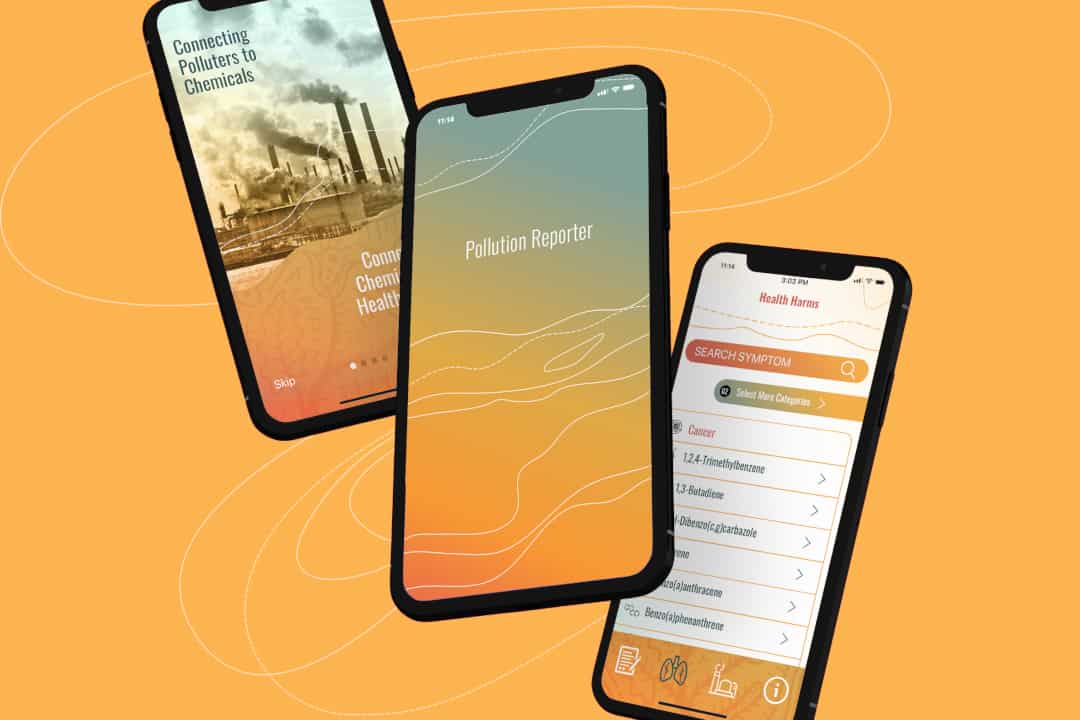A maze of petrochemical plants is squeezed into a 100-block space in the southern outskirts of Sarnia, Ontario. Marked by a distinct smell of rotting eggs, gasoline, and melting asphalt, this area, dubbed the ‘Chemical Valley,’ houses more than 60 refineries that produce plastics, gasoline, synthetic rubber, and other products.
The industrial area — which constitutes 40 per cent of Canada’s petrochemical industry — was built around the reserve on which Aamjiwnaang First Nation members reside. Today, around 850 people live on the reserve, which was created after their traditional territory was ceded to European settlers over many decades. According to a 2011 report by the World Health Organization, the air surrounding the reservation has been the most polluted in the country.
As long as the land remains enclosed by Chemical Valley, there are no means by which the Indigenous communities living on that land can find reprieve from the constant toxicity that surrounds them.
University of Toronto lab offers a potential solution
The Technoscience Research Team (TRU), has taken a meaningful step toward a solution. Researchers at this Indigenous-led lab at U of T launched a Pollution Reporter app, which allows members of the Aamjiwnaang First Nation to report the pollutants in and around their land, and how they are affected by them.
The TRU is a cross-faculty research unit located at the Faculty of Information and jointly supported by the Faculty of Arts & Science, following its establishment at the Women and Gender Studies Institute. It draws together social justice approaches to science, and technology studies from across the university.
“Traditionally, Indigenous communities are seen as objects of research, but our lab is dedicated to flipping the tables on that,” said Dr. Michele Murphy, the TRU’s director and a professor at the Women and Gender Studies Institute, in an interview with The Varsity.
“We are a group of Indigenous researchers studying how colonialism works when it comes to oil refineries, environmental regulation, and so on. That’s our work,” she explained.
TRU’s research focuses on the Imperial Oil Refinery in Chemical Valley, which is the largest and oldest polluter in the area. Other refineries in the area also produce high quantities of pollutants, with up to 50–60 times the amount of harmful pollutants such as sulfur dioxide or benzene, compared to similar refineries across the valley’s river in the United States.
How the app works
The TRU’s Pollution Reporter App offers an accessible way for community members and the public to make reports about pollution. These reports can alert the Ontario Ministry of the Environment, Conservation and Parks of pollution incidents, spills, leaks, and flares.
According to Vanessa Gray, one of the developers of the app, the current system in place to report the impact of a spill or pollutant is by calling the Spills Action Centre, which is located in Toronto. Callers would be asked about what they were doing during the incident, the direction of the wind during the incident, and other questions that are often difficult to answer.
Gray mentioned that the app allows users to fill those categories out themselves, along with other categories, such as where they might be feeling the effects of those chemicals by looking at different icons. Chemicals from Imperial Oil Refinery are also searchable, which enables community members to get answers much quicker.
App also provides health information regarding pollutants
The app also enables users to search for information about the area, according to the related symptoms, health hazards, or chemicals present. Users can access pollution emissions data with research about known health hazards.
The app works by linking publicly-available data on refinery emissions from the federal government’s National Pollutant Release Inventory to known health hazards, based on peer-reviewed medical literature.
A main advantage of the app is that it translates chemical jargon for community members to understand, which could help raise awareness about the failing health of their land, waters, and community.
Rsearchers at the TRU hope that the Pollution Reporter App can amplify the ability of the Aamjiwnaang First Nation’s voice to be heard.
Disclosure: Aanya Bahl is the Mental Wellness Commissioner on the University College Literary and Athletic Society.


